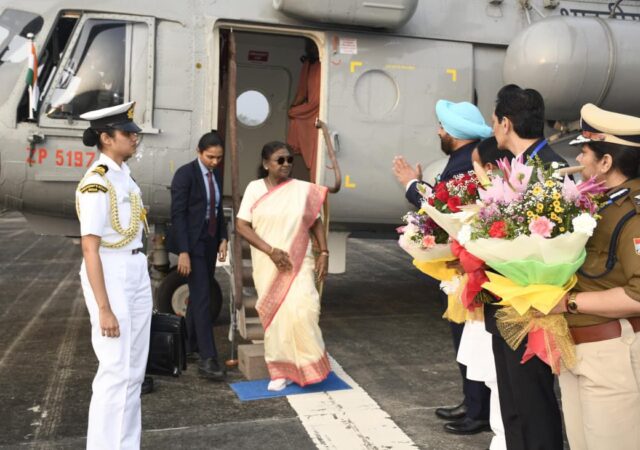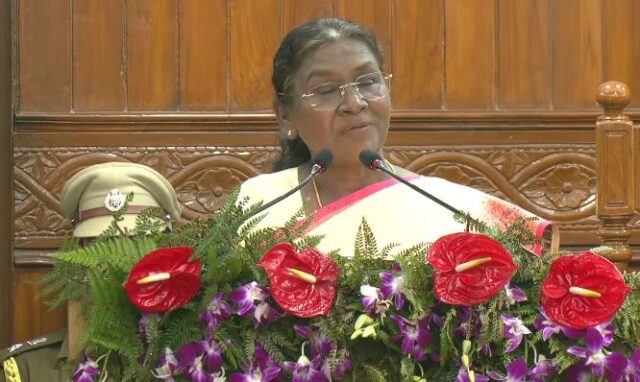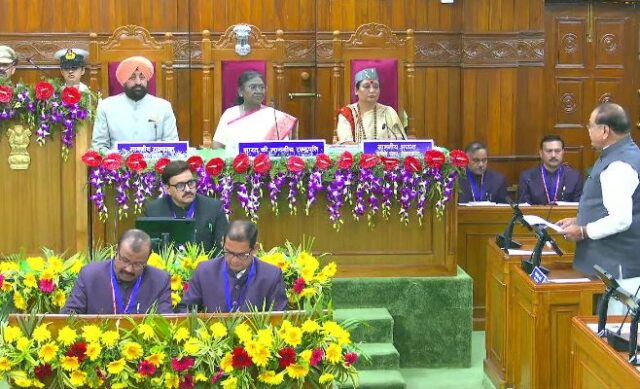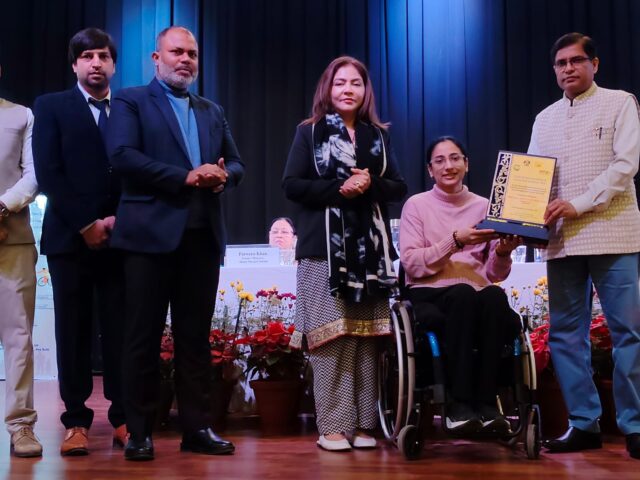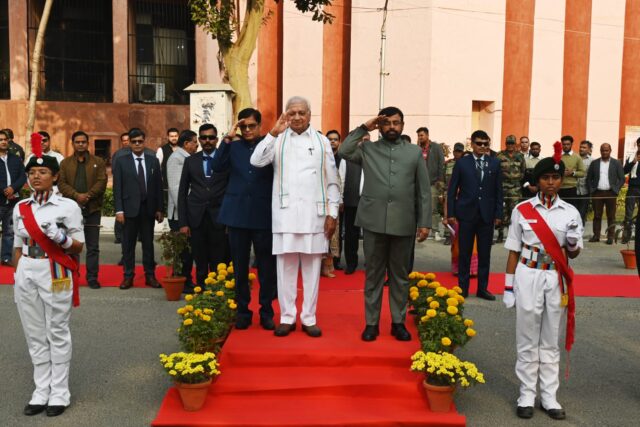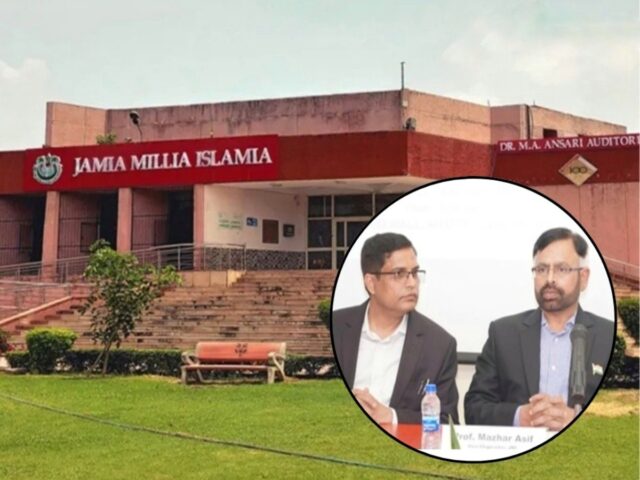What changed during the 9 years tenure of the Modi government? Read full account from education to employment and economy to inflation
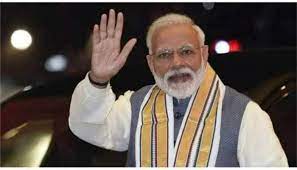
When such slogans surfaced in the 2014 Lok Sabha elections, the people who were unhappy with the Congress government saw a hope. It is hoped that after the coming of the Modi government, their ‘acche din’ will really come. With this expectation, more than 17 crore people voted for BJP. BJP won 282 seats. This was the first time that a non-Congress party had secured a majority. On 26 May 2014, Narendra Modi took oath as the Prime Minister for the first time.
Five years later, when the Lok Sabha elections were held in 2019, it seemed that the BJP would not be able to repeat the charisma of 2014. But the opposite happened. This time more than 23 crore people voted for BJP. In 2019, BJP won 303 seats. Narendra Modi became the Prime Minister for the second time.
Today the Modi government is completing 9 years of being in power in the country. A lot has changed in these nine years. The country’s GDP has doubled. The annual income of the common man has also doubled. But inflation has also increased. From petrol-diesel to flour-rice, the price has increased a lot. How many ‘acche din’ came in these nine years of the Modi government? Read, in this report…
What happened to the economy?
When Narendra Modi became the Prime Minister, India’s GDP was around Rs 112 lakh crore. Today India’s GDP is more than Rs 272 lakh crore. India is the fifth largest economy in the world. Prime Minister Modi has set a target of reaching India’s GDP to $5 trillion by 2025. However, looking at the current situation, it is difficult to meet this target by the stipulated time.
There has been a huge increase in the income of the common man in the Modi government. Before the Modi government, the annual income of the common man was less than Rs.80,000. Now it is more than Rs 1.70 lakh. It is a different matter that there are still more than 80 crore people in India whom the government considers poor.
Foreign exchange reserves have increased by two and a half times in the Modi government. Foreign exchange reserves are essential for doing business and keeping our currency strong. At present, the country has foreign exchange reserves of more than Rs 50 lakh crore.
Prime Minister Modi came up with the slogan of ‘Make in India’. Its purpose was to send things made in India to the world. However, India still imports more than exports. Export has almost doubled in the last 9 years. In 2022-23, India had exported goods worth more than 36 lakh crore rupees, while in 2014, 19.05 lakh crore was exported. However, imports have also increased during this period.
Foreign debt has also increased in the Modi government. India’s foreign debt has increased by an average of $25 billion every year. Before the Modi government, the country had a foreign debt of about $ 409 billion, which has now increased by one and a half times, that is, to about $ 613 billion.
What happened to jobs?
No matter which government is in place, the track record of the government regarding jobs is not that good. The unemployment rate has increased tremendously in the Modi government. According to the Center for Monitoring Indian Economy (CMIE), a private organization that monitors unemployment figures, about 41 crore people currently have jobs in the country. At the same time, before the arrival of the Modi government, 43 crore people had employment.
CMEI had released a report last year. In this, it was claimed that 90 crore people are eligible for jobs in India. Out of these, 45 crore people have stopped searching for jobs.
In fact, after the 2019 elections, it was revealed in a survey by the government itself that the unemployment rate in the country is 6.1%. This figure was the highest in 45 years. According to government statistics, before the arrival of the Modi government, the unemployment rate in the country was 3.4%, which has increased to 8.1% at this time.
What happened to education?
Good education is very important for the development of any country. The budget for education has increased in the Modi government, but not much. In 9 years, the expenditure on education has increased by only 30 thousand crore rupees. Not only this, schools have also reduced in the country. Before the Modi government came, there were 15.18 lakh schools in the country, which have now come down to 14.89 lakh.
According to the National Family Health Survey-5, about 30 percent of women and 15 percent of men are still illiterate in the country. 6 out of 10 girls are unable to study beyond 10th standard. At the same time, there are 5 out of 10 men who are leaving studies after 10th.
Even though India is still weak in school education. But there has been some improvement in higher education. The number of universities has increased to more than 1100.
What happened to health?
Corona has told how important a strong health infrastructure is for a country. In the Modi government, there has been an increase of about 140 percent in the health budget. This year, the government has kept a budget of more than 89 thousand crore rupees for health.
The number of doctors has increased by more than 4 lakhs in the Modi government. Recently, the government told in the Parliament that there are more than 13 lakh allopathic doctors in the country. Apart from these, there are also 5.65 lakh Ayurvedic doctors. Accordingly, there is one doctor for every 834 people.
In the Modi government, both the number of medical colleges and MBBS seats have increased. At present, there are 660 medical colleges in the country, which have more than one lakh MBBS seats.
What happened to agriculture?
The biggest movement of farmers took place in the Modi government. This movement lasted for more than a year. After the farmers’ agitation, the Modi government had withdrawn all the three agricultural laws.
Farmers also had opposition regarding MSP. According to statistics, the MSP has increased by Rs 775 per quintal on wheat and Rs 730 on rice in the Modi government.
The Modi government had promised to double the income of farmers by 2022. The figures for 2022 have not come yet. But, last year, the Parliamentary Committee on Agriculture presented its report in the Lok Sabha.
It was told in this report that in 2018-19, the monthly income of the farmers is Rs 10,248, while earlier a survey was done on the income and expenditure of the farmers in 2012-13. It was revealed in that survey that the monthly income of farmers is Rs.6,426.
What happened to inflation?
‘Enough of inflation, this time Modi government’ was the slogan of the BJP in the 2014 Lok Sabha elections. But inflation has increased wildly in the Modi government.
The prices of petrol and diesel have gone up in flames. In 9 years, the price of petrol has increased by Rs 24 and diesel by more than Rs 34 per litre.
Apart from petrol-diesel, the price of gas cylinder has also increased rapidly. Before the Modi government, the subsidized cylinder was available for Rs.414. Now nominal subsidy is available on the cylinder. Right now the price of LPG cylinder has reached up to Rs.1100.
Not only this, in 9 years the price of one kg of flour has increased by 52%, the price of one kg of rice by 43%, the price of one liter of milk by 56% and the price of one kg of salt by 53%.
Now the biggest challenge before Prime Minister Modi is to keep the country’s economy on track. First the Corona epidemic and then the Russia-Ukraine war has increased the fear of economic recession worldwide. Big economies are shaking. America is on the verge of default. Inflation is increasing all over the world. Petrol-diesel prices are skyrocketing. Now Prime Minister Modi has to overcome all these challenges.

